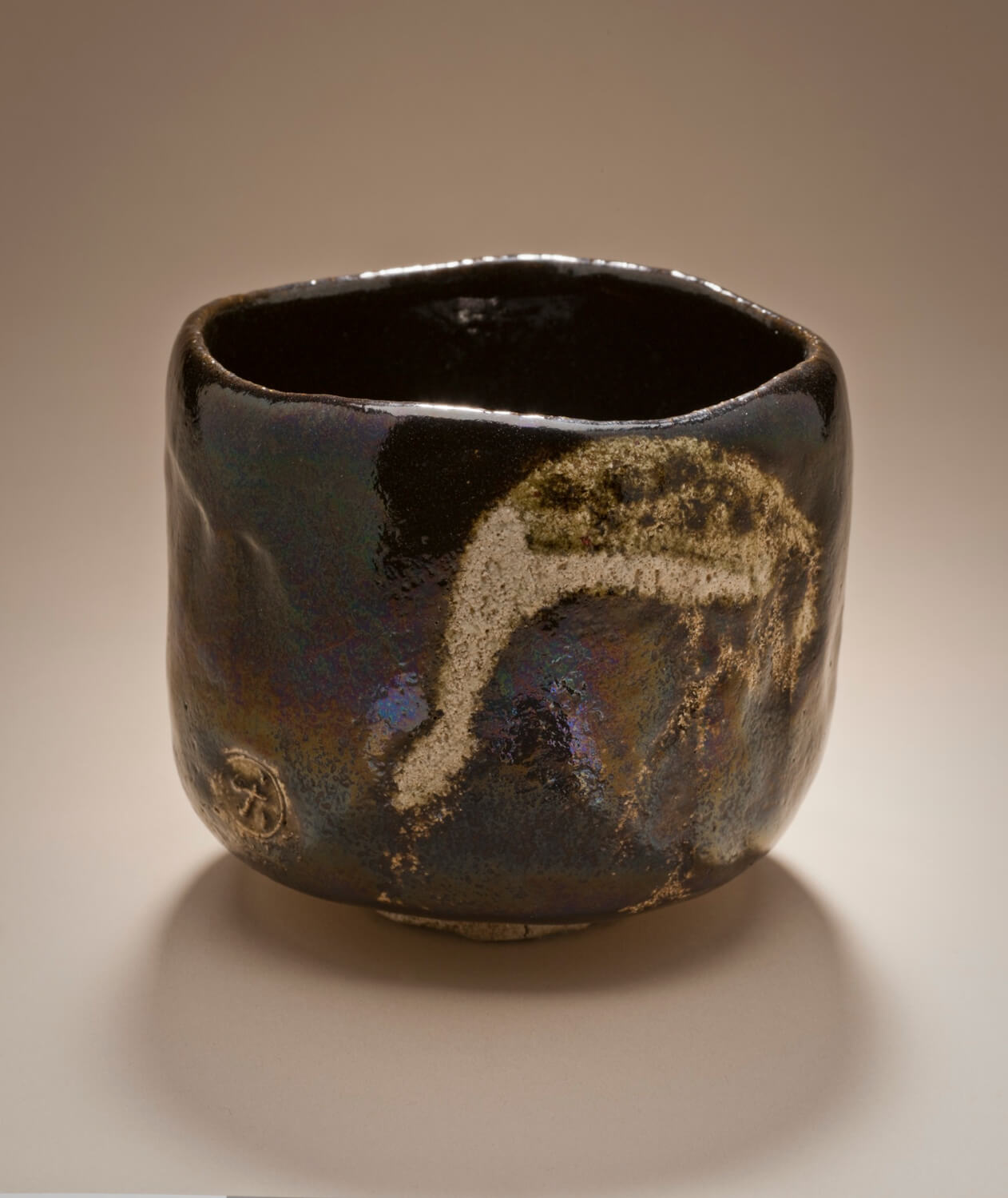Wabi-Sabi, in Celebration of Impermanence and Imperfection

©Annie Spratt
Accepting the imperfection and impermanence of the world while still deriving satisfaction from it constitutes the foundations of wabi-sabi, a spiritual and aesthetic concept from Japan.
Wabi originally meant sadness or desolation, but its usage over time has evolved and has today come to be synonymous with simplicity and the immaterial. Sabi means the bracketing of time, the rhythm of life and impermanence.
Leonard Koren, architect and aesthetic theoretician spent many years studying the concept of wabi-sabi before publishing the book ‘Wabi-Sabi: for Artists, Designers, Poets & Philosophers’, in which he tries to describe the concept, calling it the beauty of imperfect, impermanent and incomplete things; the beauty of atypical, modest and humble things.
A living concept
However, as the author explains, this concept of wabi-sabi is lived far more than it can be explained. Even in Japanese a precise definition is difficult to establish. According to the author, while most people in Japan are able to affirm that they understand the meaning of wabi-sabi, very few are able to fully explain it.
In an attempt to develop an understanding of it, Koren details three key tenets of the concept. Firstly, that reality emerges from the observation of nature, secondly that beauty can be obtained only through ugliness, and finally, to be rid of impermanence we must not seek perfection or permanence.
Wabi-sabi and tea ceremonies
In order to get to the roots of this intangible notion of wabi-sabi, we must look to the 15th century and delve into the delicate world of the tea ceremony. During this epoch, the tea ceremony was reserved for the elite and objects used for the ceremony were excessively luxurious, shipped directly from neighbouring China. However, a Zen monk, Murato Shuko, decided to preside over tea ceremonies using local tools, conceived using artisanal methods. While the practice didn’t initially have many followers, it was taken up again in the 16th century by the tea master Sen no Rikyu who also replaced these luxurious ceremonial items with more sober, local and artisanal materials and installed his tea house in a peasant’s hut.
In its contemporary iteration, the wabi-sabi aesthetic can be found in kintsugi, the art of repairing broken object with delicate gold joins, or in the assemblage style of rock gardens. Wabi-sabi can also be found in the pared back style where objects are delicately worn by time and where natural colours find their way indoors.

©Ashley Van Haeften
TRENDING
-
The Tattoos that Marked the Criminals of the Edo Period
Traditional tattoos were strong signifiers; murderers had head tattoos, while theft might result in an arm tattoo.

-
‘Shojo Tsubaki’, A Freakshow
Underground manga artist Suehiro Maruo’s infamous masterpiece canonised a historical fascination towards the erotic-grotesque genre.

-
The Story of Sada Yacco, the Geisha who Bewitched Europe
Described by Dazed magazine as the first beauty influencer, she has been restored to her former glory since 2019.

-
Ito Jakuchu's Naturalist Paintings
From 15 September until 14 October 2018, the Petit Palais showcased the artist's iconic ‘Images of the Colourful Realm of Living Beings’.

-
Chiharu Shiota, Red Threads of the Soul
Last year, more than 660,000 people visited the retrospective 'Chiharu Shiota: The Soul Trembles' exhibit at the Mori Art Museum.





